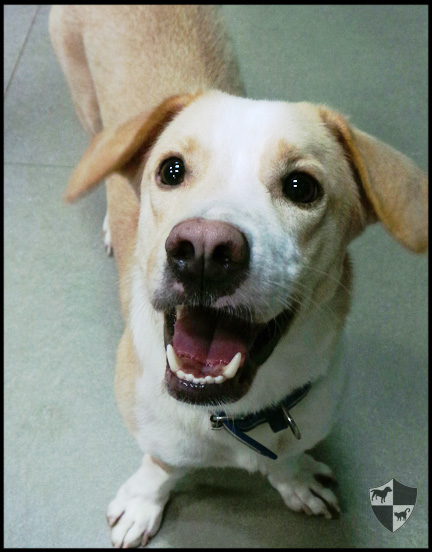The Facts On Spaying And Neutering
Spaying or neutering your dog is an important consideration for any responsible dog owner. Not only does spaying or neutering your dog prevent unwanted pregnancy but it also can prevent conditions such as cancer and other reproductive diseases and conditions. Spayed females and neutered males are less likely to run away when other female dogs in the area are in heat and they are also less likely to engage in pack like behavior with other dogs.
Benefits of Spaying And Neutering Your Dog
There are many different reasons to spay or neuter your dog. While there is the obvious pregnancy prevention with spaying or neutering there are also other, more practical and subtle benefits. The following are all characteristics of dogs that have been spayed or neutered.
• The dogs tend to be calmer and less aggressive towards both people and other pets.
• Females will get along much better with other females, either spayed or not.
• Males will be much less aggressive towards other males.
• Males will less likely run or engage in pack like behaviors even if there are other female dogs in the area.
• Males will be less likely to develop testicular cancers.
• Females will not develop ovarian cancer and will be less likely to develop breast cancer provided they are spayed prior to having their first litter.
Spayed and neutered dogs do not become less protective or less able as watchdogs. This common myth is what prevents many people from spaying or neutering their dogs. The reality is the protective instinct is not based on reproductive hormones; rather it is a hereditary trait that has been developed within the breed. It is also very dependent on the training that the individual dog as had as well as the personality of the dog.
What is spaying and neutering?
Spaying is the procedure used for female dogs. The procedure is surgical and requires the veterinarian to make a small incision in the lower abdominal area between the hind legs. The reproductive organs are completely removed from the body cavity. The incision is usually stitched up with dissolving stitches. Often the dog will have to wear a plastic cone or Elizabethan collar around their neck for a day or two to prevent them from licking or chewing at the incision. The dog should be kept calm and avoid any kind of jumping or strenuous exercise for the first week after the surgery.
Male dogs are neutered. This process also involves surgical procedures and general anesthesia. The testicles are completely removed with the procedure. There is no possibility of reversing either of the procedures. As with females the male dogs will need to be kept quiet and calm for several days after the surgery.
It is important to remember that male dogs, even after neutering, may still be able to impregnate females for a period of a few days or even weeks after the surgery. This occurs because viable sperm may still be in the male reproductive tract. Be sure to keep neutered males away from females for a couple of weeks after surgery just to be safe.
Information provided by Christine Kuback of Oh My Dog Supplies, check out our cool selection of dog collars online.



